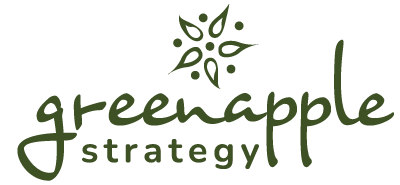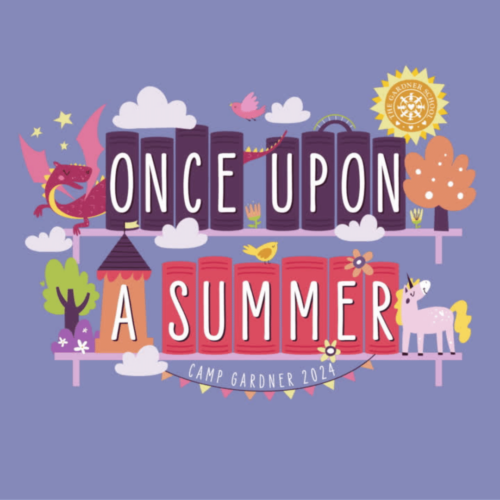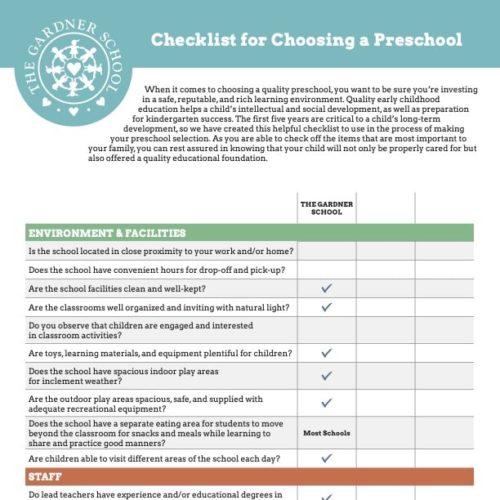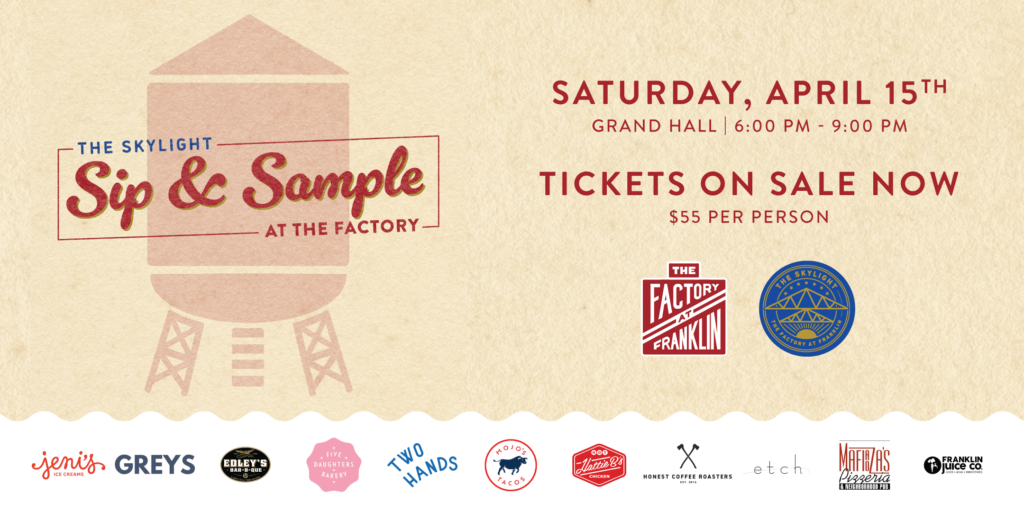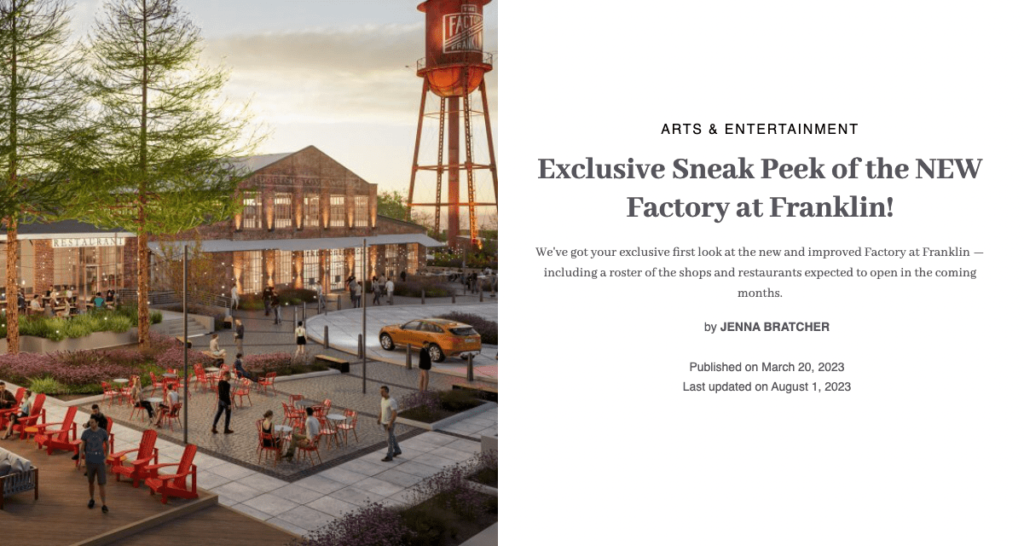Launching a new product or service is an exciting milestone for any business. It’s your chance to introduce something fresh to the market, attract new customers, and grow your brand. But it’s also a critical moment—especially for small to midsize companies—because a lot is riding on getting it right. One misstep can mean wasted time, money, and resources. In fact, research shows that 95% of new products fail within the first year, and a poorly executed launch is often the reason why.
At Green Apple Strategy, we’ve helped businesses of all sizes, from B2B to B2C, develop marketing plans to launch new products or services. Whether you’re preparing for your first launch or looking for ways to improve, this guide offers essential steps to ensure your product reaches the right audience, drives adoption, and makes a lasting impact.
Setting the Stage: Pre-Launch Essentials for Success
Effective product launches don’t happen overnight. They require careful planning, market research, and a clear timeline. Pre-launch preparation is all about laying the groundwork to make sure your new product has the best possible chance to succeed. Here are a few resources to help:
- 10 Questions to Ask Before Launching a New Product — This article helps you think through the critical questions you need to answer before you debut a new product or product line.
- Launching a Complex Product or Service — Learn how to craft a go-to-market plan that ensures your product reaches your target audience effectively.
Cross-Team Collaboration: How to Ensure Departments Work Together
One of the most overlooked aspects of a successful product launch is internal collaboration. Your product launch will involve various departments—marketing, sales, operations, and customer service—all working toward the same goal. If these teams aren’t aligned, you’ll encounter bottlenecks, miscommunications, and missed opportunities. Here are a few different articles to enhance interdepartmental collaboration:
- Marketing and Operations Collaboration: Keys for Launch Scalability — This article dives into how marketing and operations can work together to ensure the launch is scalable and ready for growth.
- How to Strengthen Communication Between Sales and Marketing — Sales needs to be equipped with the right messaging to convert leads. This article can help you strengthen collaboration prior to your product launch.
- Enhance Collaboration Between Marketing and Customer Service — Explore the importance of marketing and customer service working together to create a seamless experience for new customers post-launch.
Tell a Story, Build a Brand: How to Position Your Product for Success
Once you have your internal team aligned and your pre-launch planning in place, it’s time to focus on how you’re going to position your product in the market. This is where your branding and messaging come into play. Here are a few helpful articles to help you think through marketing your new product:
- How to Develop a Memorable Product Story — This article explains how to craft a compelling narrative around your product that resonates with your target audience.
- Mood Boards: The Secret to Successful Branding and Creative Marketing — Discover how mood boards can help you create cohesive branding that stands out in a crowded marketplace.
- 7 Marketing Tips to Effectively Explain a Complex Product or Service — This blog post offers a few marketing tips to capture the attention of your audience, help them understand your product or service, and convert them into customers.
From Planning to Execution: Real Examples of Launch Success
Sometimes, the best way to plan your product launch is to see how others have successfully done it. Here are a few case studies that showcase how Green Apple Strategy has helped companies launch new products and services with measurable success.
In 2022, CaringWays approached Green Apple Strategy to launch its brand with a new identity, website, and marketing strategy. Through careful planning and collaboration, we helped them pivot their approach to target partnerships with healthcare organizations, which became a game-changing opportunity for their business. This agile approach allowed CaringWays to adjust mid-launch while still keeping their long-term goals intact.
2. The Gardner School: Growing in New Markets
As one of the nation’s leading early childhood education centers, The Gardner School takes a strategic approach to launching new locations. Green Apple spearheaded their market research, digital campaigns, and promotional strategies for entering new markets. Our detailed, tailored approach has consistently helped them build strong brand awareness and fill classrooms quickly.
These examples highlight the importance of agility, collaboration, and market research in any successful product launch.
Ready for Launch? We’re Here to Help Every Step of the Way
Timing is everything when it comes to launching a new product. Whether you’re still in the planning phase or need help refining your strategy, Green Apple Strategy can provide the expertise and insights you need for a successful launch.
With our tailored strategic planning services, we’ll work alongside you every step of the way—from market research and messaging to branding and implementation—to ensure your product gets the attention it deserves. Contact us today to learn more and set your next product launch up for success.
